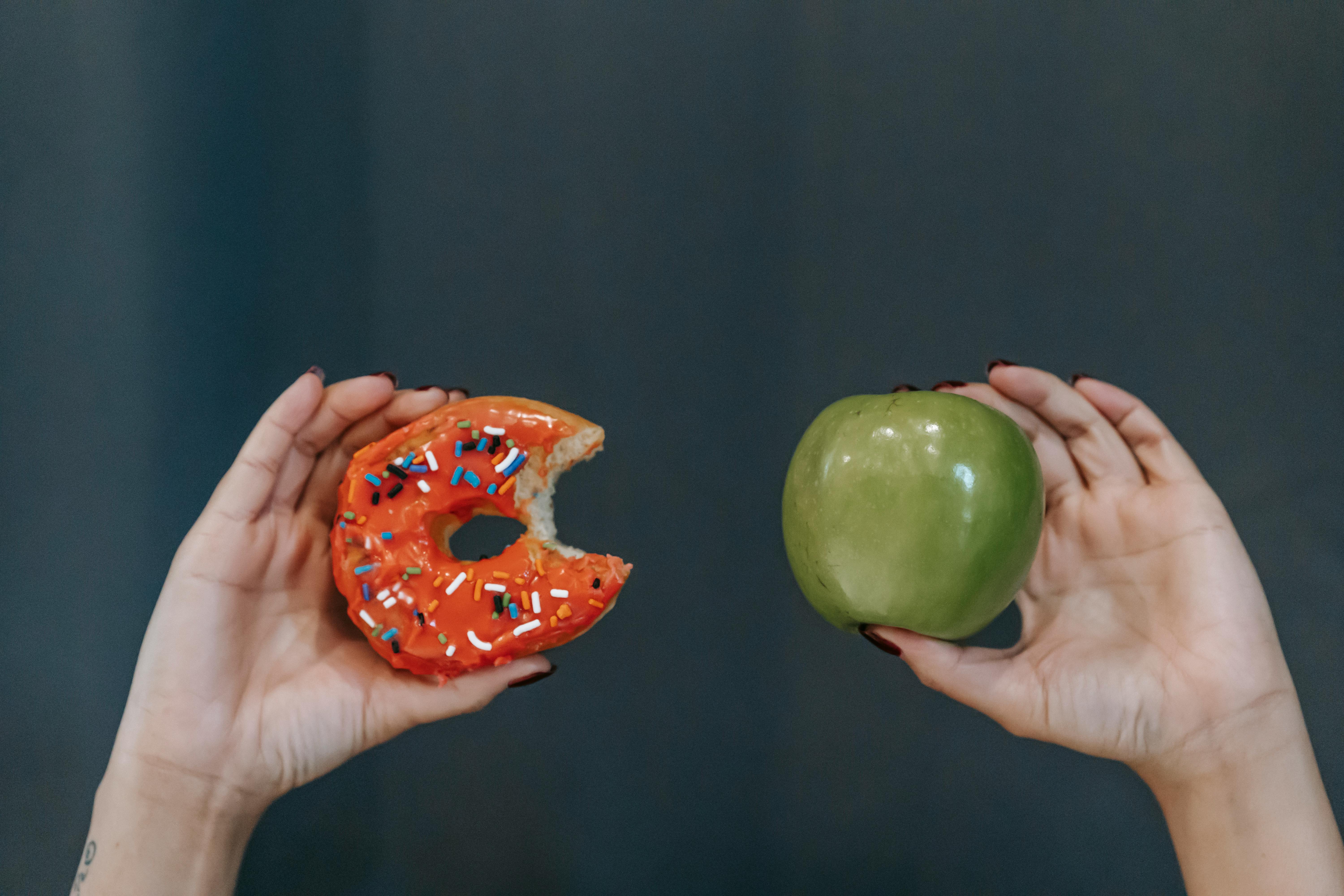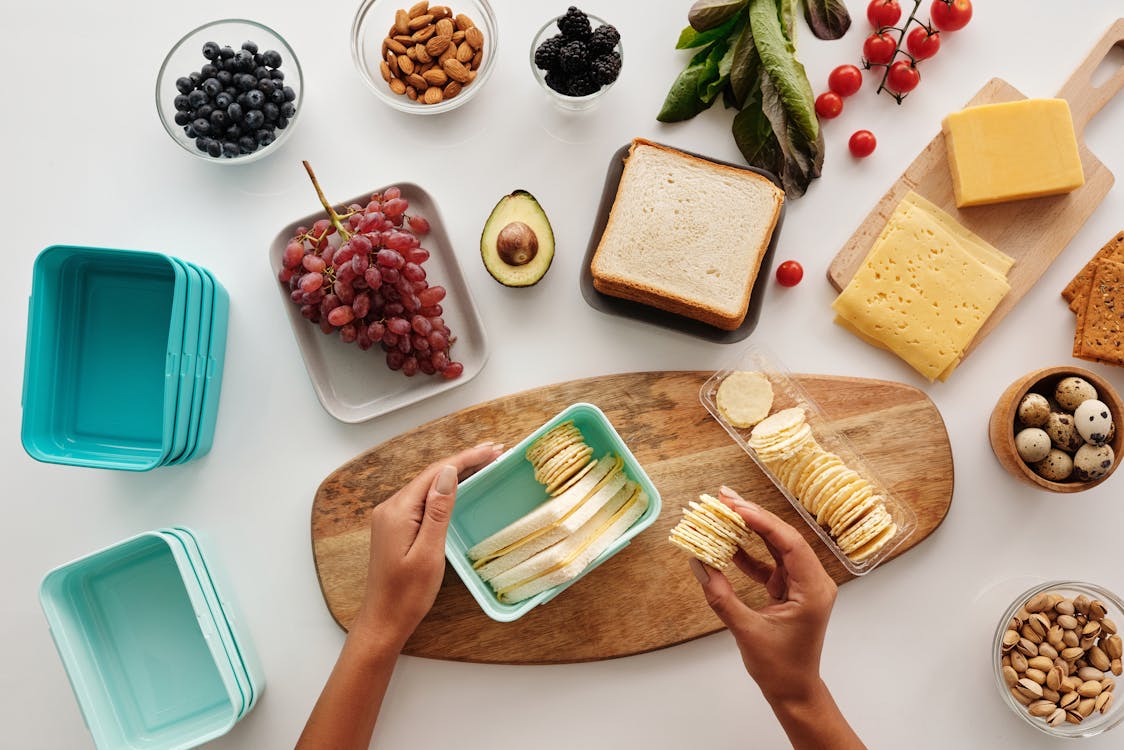1. Choose Fresh Fruits and Vegetables
Fresh fruits and vegetables are an essential part of a healthy diet. They contain many of the vitamins and minerals that your body needs.
Fruits and vegetables are low in calories, high in fiber, and rich in antioxidants that protect you from chronic disease. They also fill you up and keep you feeling full longer so that you eat less.
Fruits include berries, such as strawberries, blueberries and raspberries; citrus (including grapefruit), tomatoes and watermelon. Vegetables include dark leafy greens, such as spinach, kale and mustard greens; as well as root vegetables like carrots, yams and jicama.
2. Choose Lean Meats
The USDA recommends choosing meats and poultry without skin and prepared without added saturated fat. A three-ounce cooked serving of beef, pork or turkey (about the size of a deck of cards) is low in calories and cholesterol.
Choose beef cuts such as sirloin, chuck, tenderloin and round. Pork and lamb are also good choices, with cuts like tenderloin and loin chops.
3. Choose Low-Fat Dairy
When you choose low-fat dairy, you cut calories, saturated fat, and cholesterol while still getting protein, calcium, and most other vitamins and minerals. Dairy is also good for regulating body weight.
However, research shows that people who eat full-fat dairy are more satisfied and eat less throughout the day. This is because the fat in whole milk slows down the absorption of sugar and helps keep blood glucose steady.
Another study, published in the European Journal of Nutrition, found that people who ate more full-fat dairy weighed less and gained less weight than those who ate low-fat dairy. In addition, it found that consuming dairy products, especially as part of an energy-restricted diet, helped adults lose more fat and preserve lean muscle mass.
4. Choose Whole Grains
Grains are a rich source of protein, iron and fiber. They also contain important vitamins and minerals, including potassium and magnesium.
In general, doctors recommend that adults get half of their grain intake from whole grains. This includes breads, pastas and cereals.
When choosing grains, look for the word “whole” or “whole wheat” before the first ingredient on the label. Color alone is not a reliable indicator of whole grain status, however.
5. Choose Healthy Fats
Fats are calorie dense, so it’s important to choose healthy fats when you’re trying to lose weight. There are many types of fats, but you should focus on eating healthy monounsaturated and polyunsaturated fats as much as possible.
Unsaturated fats are liquid at room temperature and can be found in foods like olive oil, peanut oil, canola oil, avocados, nuts and seeds.
Saturated fats are solid at room temperature and can be found in meats, cheeses, butter and other dairy products.
Avoid saturated fats if you want to lower your cholesterol and reduce your risk of heart disease. Try to replace saturated fats with unsaturated fats when you can, or swap them out for a healthier option.
6. Choose Protein-Rich Foods
Adults should eat 0.75g of protein per kilogram of their body weight each day. Getting this amount from foods can be difficult, but eating a range of different protein-rich meals can help you hit your target.
Lean meats, fish and eggs are great sources of protein. They are also lower in fat and calories, making it easier to stay within your recommended daily protein intake.
Dairy products, including milk and dairy alternatives like yogurt, cheese and calcium-fortified soy drinks are another good source of protein. They are also high in vitamin D, which helps your body absorb calcium for strong bones and teeth.
7. Choose Healthy Snacks
The key is to choose foods that are low in fat, salt and sugar and high in vitamins, minerals and fiber. Examples include nuts, whole grains and fruits.
Make sure you read the Nutrition Facts label to check on calories, fat, sodium and added sugars. Be sure to portion out an appropriate serving and put the container away before snacking.
It is also a good idea to keep junk-food snacks like candy, chips and prepackaged snacks out of sight. This will prevent you from sneaking them when they're not in the kitchen or eating more than you should.





